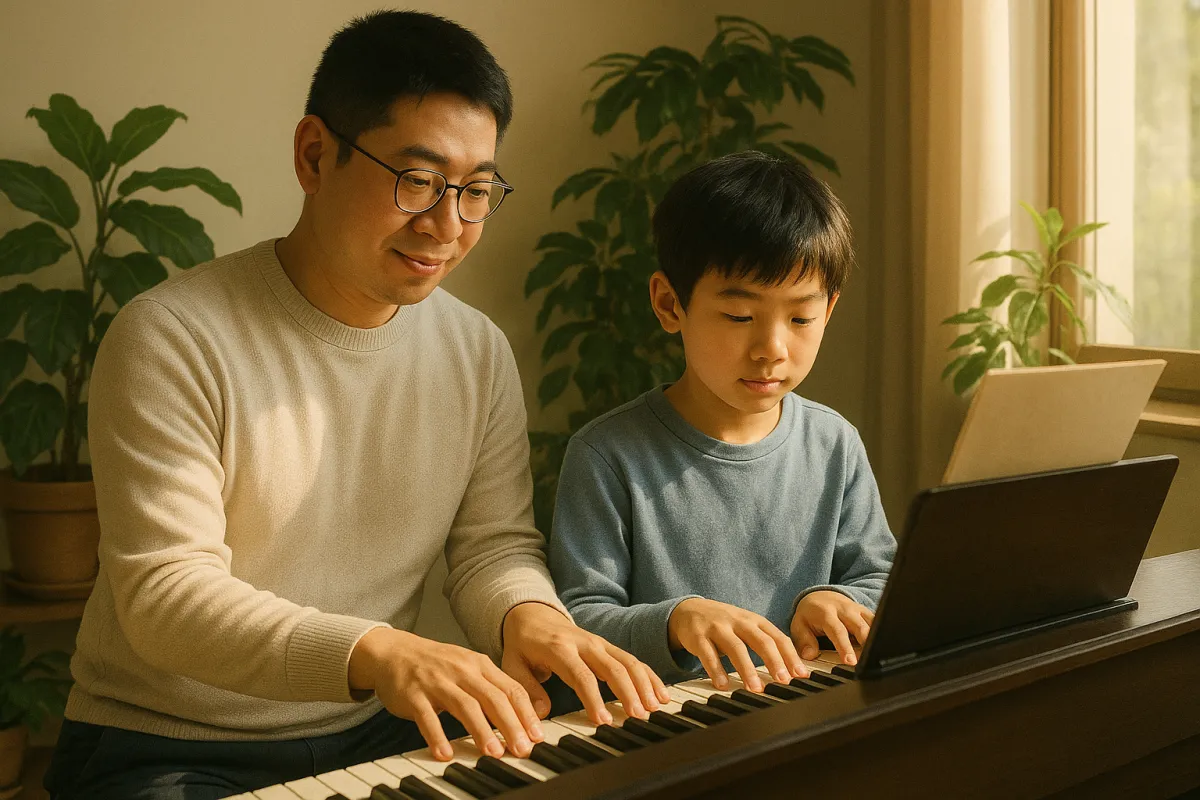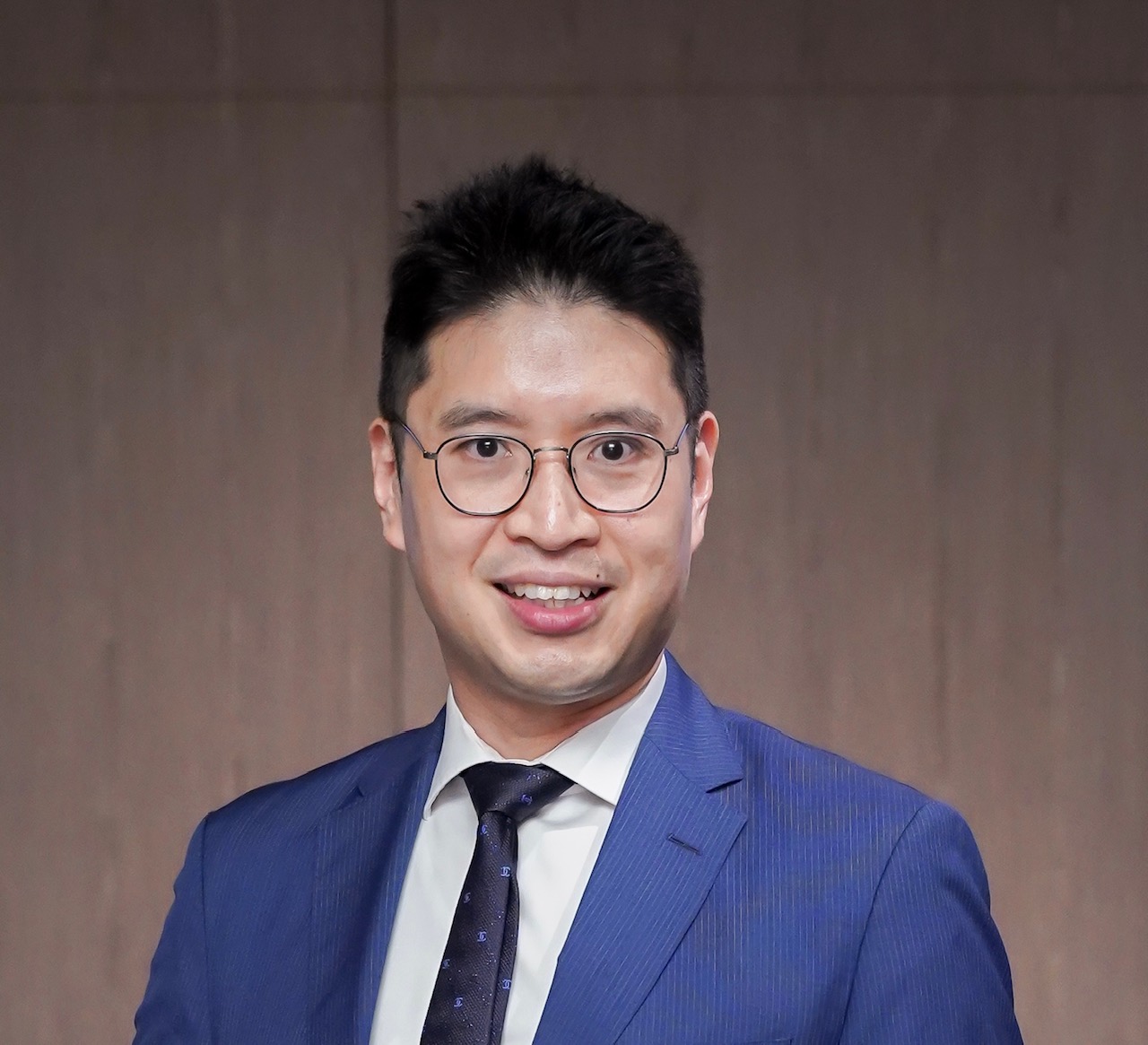
🎹When to Push and When to Pause: The Art of Reading a Student
🎹When to Push and When to Pause: The Art of Reading a Student
Lessons Beyond the Keyboard
Every child’s learning rhythm is different — but too often, progress gets mistaken for pressure.
In piano teaching, as in life, timing is everything.
A great teacher doesn’t just assign pages or count minutes of practice; they read the subtler signs — the slouch of a shoulder, the tension in a jaw, the spark (or fade) in a pair of eyes.
Teaching music is really about teachinghumans.
And like good music, it thrives on rhythm — a balance between movement and stillness.
⸻
🎼The Fine Line Between Discipline and Discouragement
To an untrained eye, “pushing” looks like motivation.
To a good teacher, it’s strategy.
Every student needs gentle pressure to grow. Without it, effort fades. But overdo it, and piano becomes punishment — something to “get through” rather than look forward to.
A skilled teacher spots the early signs of overload.
A clenched hand. A rushed phrase. Eyes that dart instead of focus.
The solution isn’t more drilling — it’s a well-timed pause.
A few minutes of laughter, a story about the composer, even a small walk between scales can reset the brain and reawaken curiosity.
Discipline, done right, shouldenergisea child, not empty them.
⸻
🧠Recognising Burnout vs. Boredom
Parents often worry when a child resists practice.
“Are they being lazy? Do I need to push harder?”
But a good teacher reads thetypeof resistance.
• Burnoutlooks like frustration, tension, and loss of joy.
• Boredomlooks like disengagement, drifting attention, or “I already know this.”
Burnout calls forrest and variation— new pieces, playful exercises, or even a short creative break.
Boredom needschallenge and ownership— something just beyond reach, something that feels earned.
A teacher who can tell the difference prevents both extremes. They keep the student’s flame steady, never letting it flare too hot or flicker out.
Because mastery doesn’t come from nonstop practice — it comes fromsustained engagement.
⸻
🌱Why Patience Accelerates Progress
Paradoxically, slowing down often makes learning faster.
Think of it like gardening: watering nonstop doesn’t grow plants quicker; it drowns them. The growth happens in rest — in the unseen moments between lessons, when the brain quietly organises what it just learned.
When a teacher gives space for reflection, the child’s confidence expands. They begin to self-correct, internalise rhythm, and even anticipate what comes next.
That’s when real independence begins — when the student practiseswithout supervision, not because they must, but because theycan.
Patience isn’t passive; it’s precision. It’s knowing exactly when to say, “Stop here — let that sink in.”
⸻
🎬The Teacher’s Real Skill: Reading the Human, Not Just the Music
You can’t teach music on autopilot.
Every lesson is a conversation — some spoken, some silent.
A wise teacher listens as much as they instruct. They sense when a student needs challenge, when they need calm, and when they just need to feel understood.
That awareness is what builds trust — and trust is what builds musicians.
Because the truth is simple: a child who feels seen will listen longer, learn faster, and stay with the piano for life.
